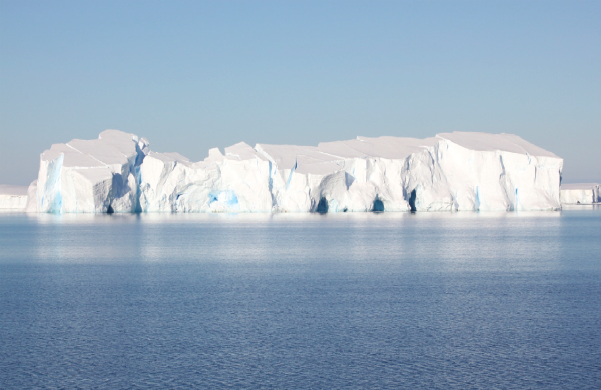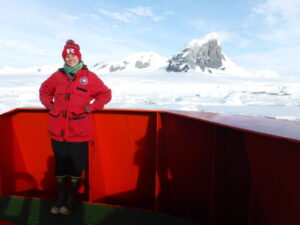Oscar Schofield, a Rutgers University professor who is also a coprincipal investigator (PI) for the Palmer Antarctica Long-Term Ecological Research (LTER) site, was on a research cruise off the West Antarctic peninsula in February 2020 when he first saw news of the increasingly rapid spread of the novel coronavirus.
“We didn’t appreciate how big of an issue it was going to be at the time,” he remembered months later. But the end of the 2019–2020 austral (Southern Hemisphere) summer season was just a harbinger of the challenges to come. “It was a very difficult scenario getting the people out from Palmer station,” Schofield said. “At the end of the season, shutdowns had started happening, especially in a bunch of states, and so we felt very lucky to get everyone out.” Researchers at the site, on Anvers Island midway down the
Antarctic Peninsula, study the polar marine biome.
Field research in Antarctica always requires months of planning. Everyone has to go through a rigorous medical evaluation and researchers have to package up their equipment and ship it to designated ports for transport arranged by the National Science Foundation (NSF). The logistics are so complicated that Schofield says he is typically home from the field no more than 3 weeks before it is time to start planning the next season. But in March 2020, with the virus raging, Antarctic researchers knew they were in for more uncertainty and surprises than usual.
Full article here.




